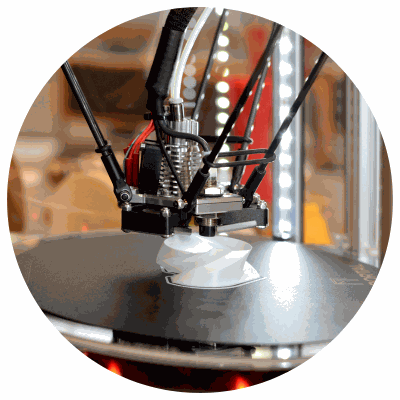Benefits and drawbacks of 3D-printed food technology
April 28, 2023 | Food Testing Lab
Conventional cooking appliances may soon be replaced by software-driven processes that incorporate three-dimensional printers and lasers. However, the commercialization of this technology might take some time to get accustomed to as people consider getting them on their kitchen countertops. Researchers from the Columbia University School of Engineering and Applied Science explored the pros and cons of 3D-printed food technology as compared to the normal food we eat, as well as the future landscape of household kitchens.
Considering that 3D food printing is still a budding technology, it needs a group of supporting industries and an environment in which to create and share recipes. The highly customizable capacity of this technology makes it practical for the plant-based meat market, where careful formulation for texture and flavor is needed to mimic real meats.
One problem of 3D food printing is the low-nutrient value of these processed foods. However, the technique will enable people to tailor and personalize their nutrition - helping chefs to localize flavors and textures in the creation of new food experiences, people with dietary restrictions, parents with picky youngsters, dieticians, and athletes who need to plan their meals. Making the food look more visually appealing by mimicking the shapes of real, pureed, texture foods will be great for patients with swallowing disorders. And with the heightened need for safety amidst the COVID-19 pandemic, food prepared with less human handling lowers the risk of contracting foodborne illness and disease transmission.
